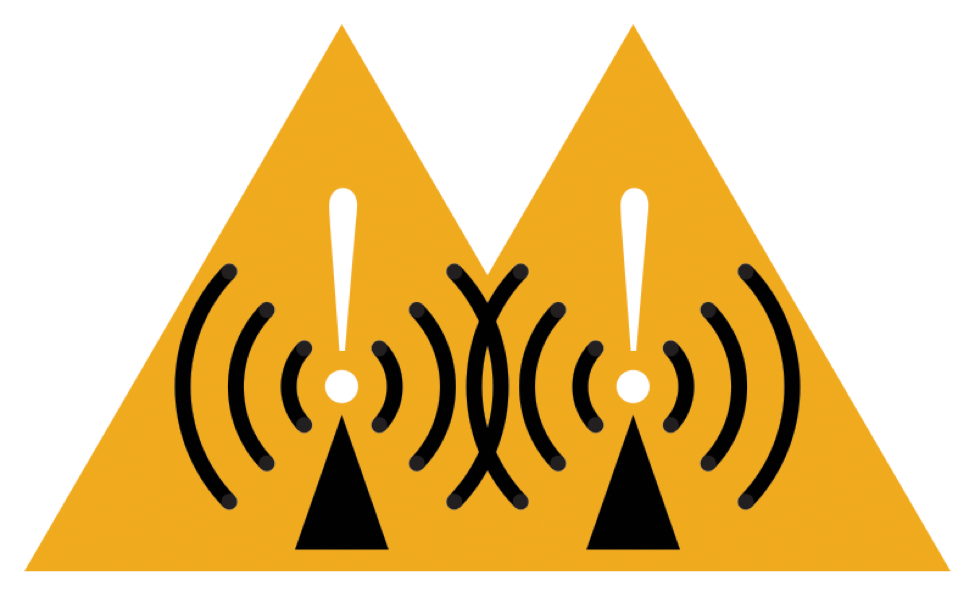 LTE-U and 5G NR-U
LTE-U and 5G NR-U
Back in 2017, the first LTE-U (LTE in unlicensed spectra) was approved by the FCC. Leading up to this, there was a lot of debate around the impact of bringing mobile data technologies into the same space as traditional Wi-Fi deployments. Would LTE-U devices interfere with existing Wi-Fi and vice versa? As a late addition to the LTE standards, LTE-U was something of a concern, but its deployment wasn’t widespread and so a similarly broad response wasn’t there.
The 5G equivalent, on the other hand, is potentially being introduced to the 3GPP standards in Release 16 as soon as next year. 5G is still in its infancy, so significantly more devices introduced over the next few years are going to have NR-U support than we’ve seen with LTE-U. Even if we’re not actively using the technology, we’re going to have more devices playing in the space.
Shared Unlicensed Spectra in 802.11ax and 5G NR-U
Unlicensed spectra are, by definition, the wild west of radio technologies. Arguably, there is as much technology in place to avoid interference as there is to actually interact in the space. In the 5GHz spectrum, for example, there are already considerations for avoiding channel usage when radar is detected.
Wi-Fi and radar are fairly exclusive of one another. If radar is detected, Wi-Fi shuts down and picks a different frequency range. 802.11ax and 5G NR-U are a bit different. Both are communications technologies that a similar level of priority for the user, and now they’re potentially sharing the same unlicensed spectrum. More importantly, they’re sharing the same spectrum on the same device.
Frequency Conflict in the Same Device
To date, most devices with support for mobile technologies and Wi-Fi have been able to coexist because there haven’t been conflicts in the frequency bands. Most devices have a controller for mobile communication and a separate one for Wi-Fi.
With the introduction of NR-U, we now have the potential for two different technologies in the same device but using the same spectrum. Unless there’s some overarching coordination between the two, there’s going to be some interesting radio resource management (RRM) going on here.
Software-Defined Radios
“Software Defined” is the prevalent buzzword adjective in many areas of the industry. Wireless doesn’t appear to be an exception. Whether we’re talking about Ethernet switching, WAN routing or wireless technologies, having the flexibility of software makes a lot of sense. Moving many of the fixed functions off of silicon and into hardware provides a lot more flexibility as new technologies emerge. It also saves money in the process because simpler hardware is going to be less expensive to make and/or procure.
Software-defined radios (SDRs) are already used by a few Wi-Fi solutions for the above reasons, but NR-U adds another motivator. Separating mobile and Wi-Fi controllers with overarching RRM control may be a more difficult proposition than just incorporating 5G and Wi-Fi as separate functions in the same radio.
The End of Wi-Fi (Again)
When LTE-U was first introduced, there was a lot of claim that this would be the end of Wi-Fi (cue ominous music here) and that everything would move to LTE. Needless to say, this was something of an overstatement.
5G NR-U has produced the same response and may have a little more legitimacy to the claim, if only because the technology is being introduced earlier in the game.
(Check out this LightReading article "Will 5G Kill Wi-Fi? Qualcomm Thinks It Just Might."
It’s All Just Wireless
Most of the time, and this time is no different, all of these distinctions are the province of the technologists. Eventually, we may have a device that can support both technologies for better or for worse. Whether they use 802.11ax or 5G NR-U locally is largely immaterial…as long as it all works.
The Whisper in the Wires
There have been a lot of articles out there about whether mobile technologies will be the death of Wi-Fi or not. While it’s possible that 5G NR-U will make inroads into the Wi-Fi space where LTE-U didn’t, it’s more likely that both technologies will simply become software-based features on the same devices.
Read My Other Blogs
The Conflicting Demands of Auditing Secure Web Traffic
The Ever-Elusive Single Pane of Glass
Big Ideas in Small Design: SMB vs SME




